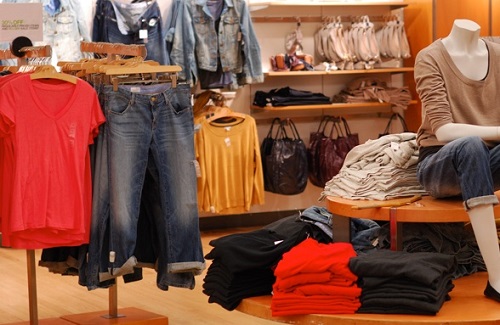 As per Moody’s, the apparel industry has witnessed a huge business shock due to the global spread of COVID-19. Businesses, categorized as non-essential, are facing indefinite period of low activity with retailers facing months of store closures and depressed consumer demand.
As per Moody’s, the apparel industry has witnessed a huge business shock due to the global spread of COVID-19. Businesses, categorized as non-essential, are facing indefinite period of low activity with retailers facing months of store closures and depressed consumer demand.
Reduce planned inventory size
The entire situation has raised questions about the validity of the apparel industry’s current business model and whether it needs to be changed. Experts believe the top most priority for apparel and accessories supply chains is to reduce planned and scheduled incoming inventory — especially for brands with less basic, more seasonal and trend-driven fashion.
For example, Guess came up with the idea of right-sizing its inventory. The brand’s inventory declined 16 per cent year-over-year at the end of the fourth quarter, which Katie Anderson, CFO described as a "clean position" meaning the retailer would not need to heavily discount it or sell inventory into off-price channels.
quarter, which Katie Anderson, CFO described as a "clean position" meaning the retailer would not need to heavily discount it or sell inventory into off-price channels.
Brands need to control the size of their inventory and the time of its arrival. They are often surprised when pallets of goods show up at their warehouses. Sometimes, they refuse to receive these shipments which may have dire consequences on future business. However, brands are willing to take this risk rather than hold inventories that they may not be able sell later.
Simplify operations and retail footprint
To deal with such problems, brands need to adopt a simple retail footprint and simpler operations. Retailers and wholesalers need to adjust their forecasts and share these changes with manufacturers at every step, believes Balika Sonthaia, Partnery, Kearney. E-commerce helps brands take varied approaches to inventory control from lowering or eliminating free shipping minimums, to closing e-commerce operations for the health and safety of warehouse employees.
However, e-commerce cannot help brands gain access to trapped store inventory. As a result, pure-play e-commerce revenue declined almost 63 per cent in March as compared to a pre-virus benchmark, revealed digital advertising performance tracking service within.
Directing excess inventory to a good cause
Currently, each company faces different set of challenges based on their existing inventory levels, store and warehouse geography, financial health, existing technological tools, supply chain visibility, etc. One of the few universal recommendations for these companies is to plan inventories with an assumption that stores may see very few footfalls.
Instead of bearing the risk of unsold inventory and incurring all carrying costs, retailers could put that inventory to some good use. The COVID-19 pandemic has created many needs for apparel and fabric, whether in the form of masks for healthcare workers or donations for families with interrupted income. Fashion brands can help these workers and families by donating unsold clothes. This will help them to build their identity and cash in on these measures after the crisis is over.












